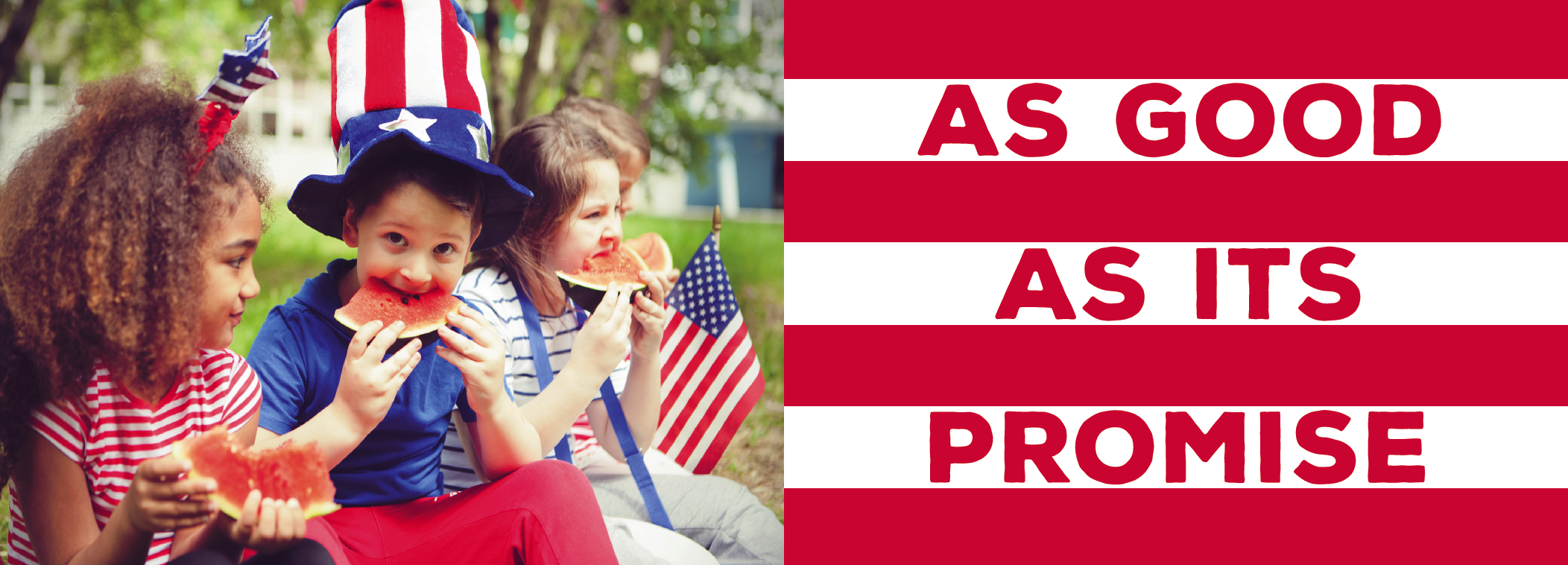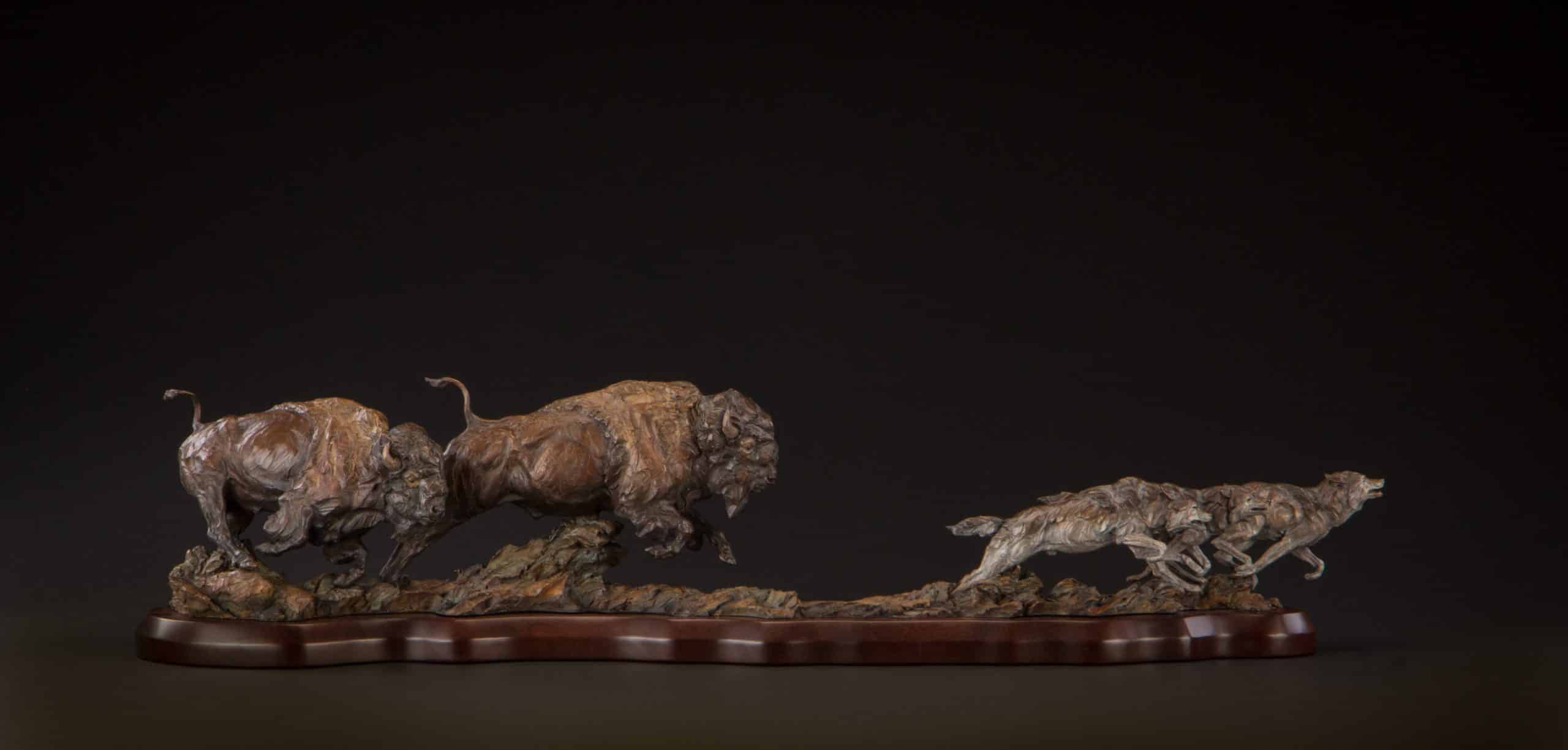With the 4th of July weekend upon us, I thought it would be fun to share some Independence Day facts you might not know…
Button Who?
56 men signed the Declaration of Independence in 1776.
Two of them eventually became President (John Adams and Thomas Jefferson).
One’s name is now synonymous with “signature” (John Hancock).
One even has a beer named after him (Samuel Adams).
But only one man’s signature is deemed most valuable today.
Any guesses?
Actually, it’s a name you probably don’t know…
Button Gwinnett.
This Founding Father was killed in a pistol duel with a political rival less than a year after signing.
By the mid 1800s after all Founding Fathers had died, historians began to hunt for their signatures.
Most were easy to find in abundance, but one in particular was not…Button’s.
Why? Because he lived an obscure life and suffered an untimely death (at 42) there are only 51 known Button Gwinnett signatures in existence.
To put it in perspective, Button’s signature is estimated to be worth about $1 million today. One of his 51 surviving signatures sold for $722,500 at a New York City auction in 2010.
Think that’s expensive for a rare signature? William Shakespeare has only six in existence, each estimated to be worth over $5 million!
Adams Opposed
Did you know that John Adams (our second President) opposed the date of July 4th for our official Independence Day, and refused to attend events on that day?
The Continental Congress (the governing body of the 13 colonies) declared independence from the British on July 2nd, which Adams considered to be the official day of independence.
But the Declaration of Independence wasn’t finalized in written form until July 4th (the official date on the document), so the majority of the 56 men in the Continental Congress agreed that the 4th should be our nation’s birthday.
Adams persisted in believing that July 2nd should be our official Independence Day until he died, which, ironically, was on July 4th.
Even though the Declaration of Independence document was finalized on July 4th (1776), most don’t know that it wasn’t actually signed by members of the Continental Congress until a month later on August 2nd at the Pennsylvania State House, which prompted some to believe that August 2nd should be our official Independence Day.
Pursuit Of…Property?
Probably the most famous and quoteworthy line in the Declaration of Independence is “We hold these truths to be self-evident, that all men are created equal, that they are endowed by their Creator with certain unalienable Rights, that among these are Life, Liberty and the pursuit of Happiness.”
But Thomas Jefferson’s original draft actually said “the pursuit of Property.”
Benjamin Franklin finally convinced Jefferson to change the words because the word “property” was too narrow in scope.
Also, even though Thomas Jefferson is known as the primary author of the Declaration of Independence, it was actually written by a committee of five men who all contributed thoughts and verbiage…Jefferson, Franklin, Adams, Roger Sherman and Robert Livingston.
Musket Balls
When George Washington read the Declaration of Independence in front of City Hall in New York City on July 9, the revolutionary energy was palpable.
Colonists were already furious about British naval ships occupying the harbor, and when Washington’s speech roused them into a fervent riot, statues of King James III were pulled to the ground and melted into 42,000 musket balls used by our Revolutionary Army to fight the British.
Independent Woman
Mary Katharine Goddard was a well known patriot, publisher, and postmaster.
She was commissioned by Congress to print copies of the Declaration, and some surviving copies even bear her signature at the bottom.
After 14 years as a successful postmaster in Baltimore, Goddard was removed from her position by the Postmaster General because the position “required more traveling than a woman could undertake.”
More than 230 Baltimore citizens (including 200 leading businessmen) signed a petition demanding her reinstatement.
Although the petition was not successful, this event is now regarded as a pivotal moment for women’s rights.
13 Cannons
Why did fireworks become a 4th of July tradition? Many think it’s a symbol of the gunfire and conflict throughout the Revolutionary War. It’s not.
When the first national Independence Day celebration was held on July 4, 1777 in Philadelphia, 13 cannons were fired to represent each state in the union. Today’s 4th of July fireworks displays commemorate the firing of those 13 cannons.
The Right Idea
U2 singer Bono once said, “America is not just a country, it’s an idea.”
Personally I believe America is more than just an idea…it’s an aspiration. Opportunity. Equality. Freedom. Compassion. Even when we can’t agree on the path, we should still remember the destination.
Barbara Jordan was an African American lawyer, politician, civil rights leader and was elected to the Texas Senate and then the U.S. House or Representatives.
She defined her idea of America quite eloquently when she said, “What the people want is very simple – they want an America as good as its promise.”












